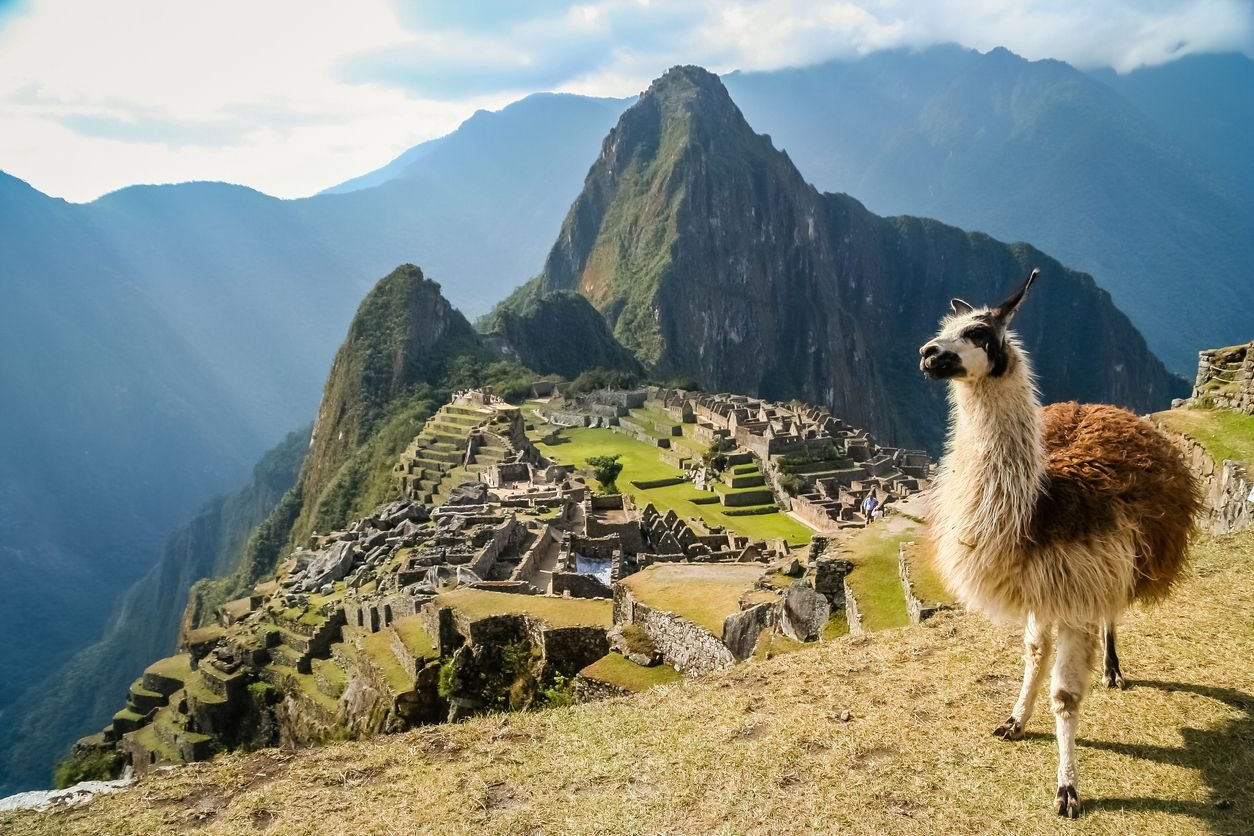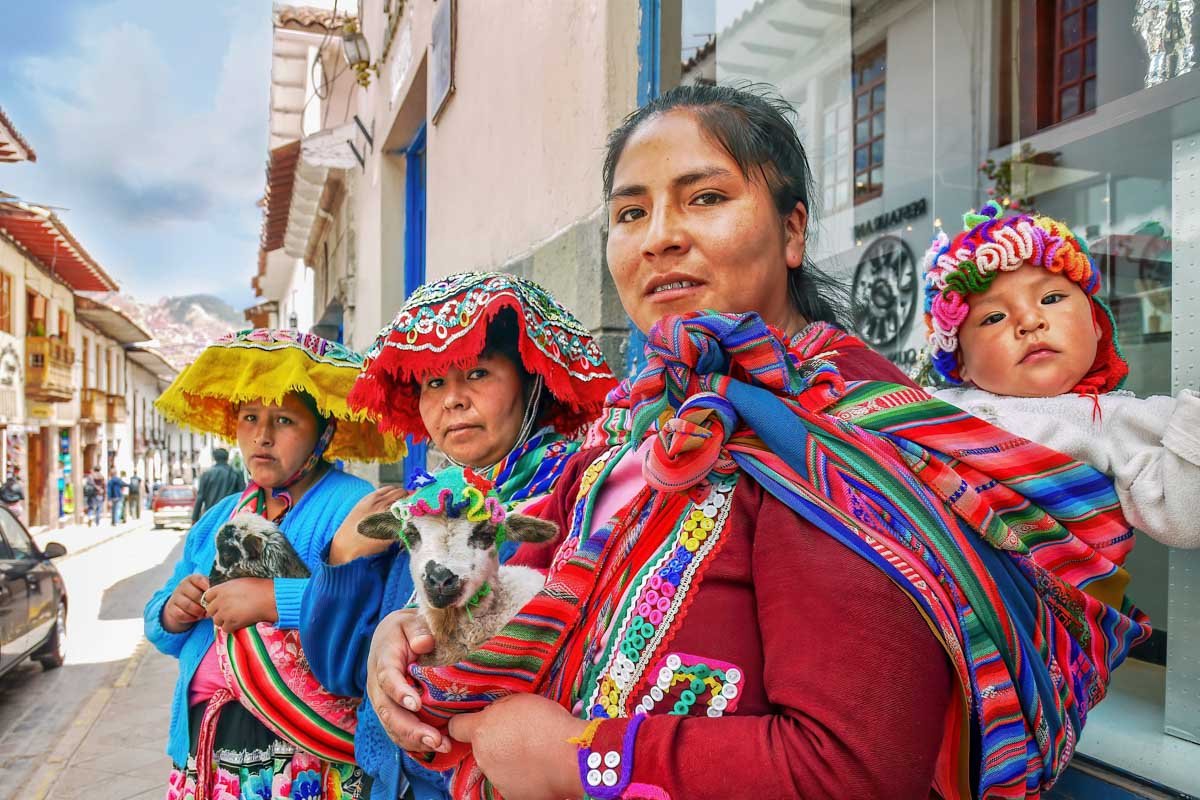
Perú
Discovering Peru's Amazing Diversity
Peru is a captivating country that boasts an incredible array of diversity, both culturally and geographically. From its lush Amazon rainforest teeming with wildlife to the stunning peaks of the Andes Mountains, there is so much to explore and appreciate. Each region offers a unique blend of traditions, languages, and culinary delights that reflect the rich heritage of the many indigenous communities that call Peru home. Travelers are bound to be enchanted by the vibrant markets, ancient ruins, and the warm hospitality of its people. Whether you’re wandering through the historic streets of Cusco or savoring a delicious plate of ceviche along the coast, Peru promises unforgettable experiences that truly celebrate its remarkable diversity.
Why Visit Peru?
1. Breathtaking Attractions
Peru is home to some of the world's most iconic sites, including:
Machu Picchu: This ancient Incan city, perched high in the Andes Mountains, is a must-visit for any traveler. The stunning scenery and archaeological significance make it an unforgettable experience.
Cusco: Once the capital of the Incan Empire, Cusco is a UNESCO World Heritage site filled with colonial architecture, vibrant markets, and rich cultural experiences.
The Amazon Rainforest: Explore the biodiversity of the Amazon through jungle tours, wildlife spotting, and indigenous community visits.
Nazca Lines: These ancient geoglyphs etched into the desert are a wonder to behold, best viewed from above.
2. Culinary Paradise
Peruvian cuisine has gained international acclaim, with Lima often dubbed the gastronomic capital of South America. Here’s why:
Ceviche: This iconic dish made from fresh raw fish cured in citrus juices is a must-try. Pair it with a Pisco Sour for the ultimate experience.
Fusion Flavors: Peru's culinary scene is a melting pot of flavors, combining indigenous ingredients with influences from Spanish, African, and Asian cuisines.
Seafood: With its extensive coastline, Peru boasts some of the freshest seafood you'll ever taste. From grilled octopus to seafood paella, your taste buds are in for a treat. Mysterious, intricate and diverse, Peru is a paradise of legendary folklore, ancient ruins, lost civilizations, vast metropolises, colorful celebrations, delicious cuisine and interesting flora and fauna that make culture and heritage exciting.
Mix together. Whatever you like, Peru has it on the menu.
- Hotels Lima Hotels Tacna Hotels Cusco * Hotels Arequipa
3. Peruvian Hospitality
Peruvians are known for their hospitality and genuine warmth. Whether you are wandering through the bustling streets of Lima, exploring the ancient ruins of Machu Picchu, or visiting the picturesque town of Cusco, you will be met with smiles and a willingness to share their culture. Engaging with locals offers an authentic glimpse into their way of life, traditions, and customs, making your travel experience both enriching and memorable.
Interacting with Locals
One of the best ways to experience the friendliness of the Peruvian people is by participating in local festivals or markets. In towns like Pisac and Ollantaytambo, you can meet artisans and vendors who are more than happy to share stories about their crafts, their families, and their heritage. This interaction not only enhances your understanding of their crafts but also fosters a deeper connection with the culture.
4. The World of Artisan Crafts
Peru, a land of breathtaking landscapes and rich history, is also home to a vibrant artisan craft culture that beautifully reflects its Indigenous heritage and colonial influences. From intricate textiles to stunning pottery, the variety of artesanía available in Peru not only showcases the skills of local artisans but also tells the story of a nation steeped in tradition.
The Rich Cultural Tapestry of Peru
Peru's artisan crafts are more than just beautiful objects; they are a representation of the country’s diverse cultural tapestry. The influence of ancient civilizations, such as the Incas, combined with the artistic techniques brought by Spanish colonizers, has resulted in a unique fusion that is evident in the crafts produced today.
The Influence of Indigenous Heritage
Indigenous communities across Peru have been creating functional and decorative arts for centuries. Each region boasts its unique styles and materials, showcasing local traditions passed down through generations. For example:
Textiles: The Andes mountains are famous for their colorful textiles. Artisans from the Quechua and Aymara communities skillfully weave vibrant patterns, often inspired by nature and mythology. The use of natural dyes, derived from plants and minerals, enhances the vivid colors that characterize Peruvian textiles.
Pottery: In regions like Ayacucho and Cusco, artisans create stunning pottery pieces inspired by ancient techniques. From traditional huacos (ceramic vessels) to contemporary designs, each piece tells a story of its origins and the cultural significance behind it.
Colonial Influences
The Spanish colonization of Peru introduced new materials and techniques that have blended with Indigenous methods, giving rise to a diverse array of crafts. The use of metalwork, wood carving, and painting has enriched the artisan landscape in Peru.
Peru in Photos
-

Lima
Exploring Lima: Major Tourist Hub of Peru, Lima the capital city of Peru, is a vibrant and bustling metropolis that offers visitors a unique blend of history, culture, and modernity. Founded by Spanish conquistadors in 1535, Lima has since evolved into a major tourist hub, attracting millions of visitors each year. In this essay, we will explore the foundation and major tourist attractions of Lima, as well as its cultural and culinary scene.
-

Cusco
Accessing Cusco is easy with daily flights available from various locations. For instance, Latam offers daily flights departing from Cusco early in the morning to Lima, where travelers can connect to other destinations. Once in Cusco, travelers can embark on a journey to Machu Picchu by taking the overnight train. This is a great opportunity to enjoy the beautiful scenery and experience the rich cultural heritage of the area.
-

Arequipa
Arequipa, known as the White City, is the largest city in southern Peru and a popular destination for tourists due to its pleasant climate and beautiful colonial architecture. The city gets its nickname from the white volcanic rock called sillar, which is used to construct many of the buildings. While many visitors use Arequipa as a base to explore the nearby Colca Canyon, the city itself is a wonder worth exploring.

